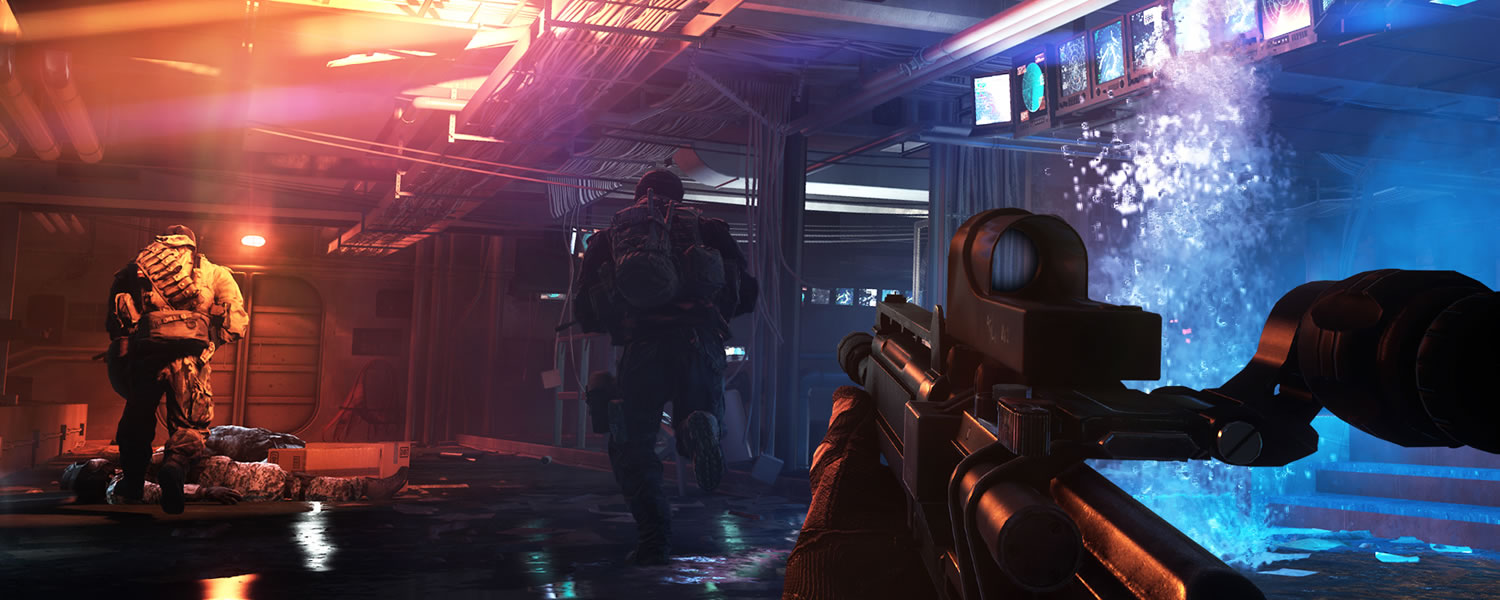Final Thoughts
I had a tough time benchmarking Battlefield 4, but not because it's a bad game. On the contrary, I couldn't focus on my job because I wanted to keep playing, and that's saying something since I'm not a huge fan of first person shooters. There's a lot of work that goes into the immersion I experienced during the game's first four missions, but I credit its stunning visuals with keeping me hooked.
Taking that into consideration, we wouldn't fault you for using BF4 as an excuse to upgrade your GPU(s), especially if you're going to buy the Radeon R9 290X. If you can afford it, AMD's single-GPU flagship seems like a great value when you compare its performance to the GTX 780, with the former offering 30% more frames to meet our ideal of 60fps when playing at 1920x1200 on ultra quality.
If you can live with high settings however, you'll boost your frame rates by around 60%, sometimes as much as 80%, which is enough to make the GTX 660 and HD 7850 practical options. Conversely, if you're looking to play BF4 on ultra across multiple monitors, you're going to want more than one card – and not just a pair of GTX 660 Tis or R9 270Xs either, we're talking a couple GTX Titans or R9 290Xs.
Fortunately, there's less to consider when choosing a processor – just make sure you have a quad-core chip. It doesn't even have to be a new one, as even the Core i7-920 and Phenom II X4 980 took care of business. Although the game will utilize eight cores if you can spare them, there isn't a whole lot to gain from overclocking. Shifting from 2.5GHz to 4.5GHz with Intel and AMD chips yielded single-digit gains.
Although we'd encourage you to splurge if it means experiencing BF4 in all its glory, the game still looks fantastic on high quality so folks with mid-range hardware shouldn't feel left out. Furthermore, those with multiple GPUs can expect a painless first encounter as SLI and Crossfire are already well supported, with further driver optimizations from both camps to be expected in the near future.


